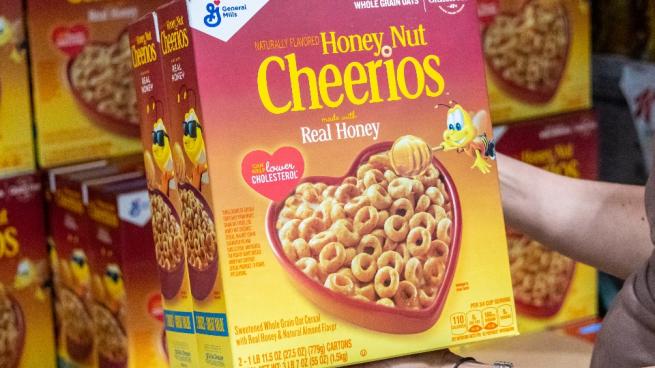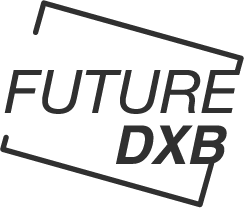General Mills’ Big Data Science Bets Pay Off

DIGITAL & DATA WINS
General Mills’ Digital sales have risen from just 9% pre-pandemic to mid-teens currently.
General Mills’ data scientists team has increased by 40-fold since 2018.
The company runs over 6 million models monthly.
The company generates more than 500 million predictions a month.
A recent optimized search campaign led to Cheerios Veggie Blends now turning in the top third of the U.S. cereal category.
Data-First Directions
General Mills’ investments in its data infrastructure over the last five years have translated into data science teams increasing by 40-fold since 2018. The company runs over 6 million models monthly, said Harmening, to generate more than 500 million predictions.
Efforts to optimize search, content, and reviews, including with external partners, have pushed Cheerios Veggie Blends into the the top third of the U.S. cereal category where it’s on shelf, he said, while direct-to-consumer personalization efforts on such platforms as BettyCrocker.com, Pillsbury.com, Good Rewards, and Box Tops for Education now reach over 16 million consumers monthly.
“With these first-party capabilities, we are able to narrowly define specific target audiences, deliver personalized content, and use incentives to drive purchase behavior, therefore, improving our overall marketing effectiveness,” shared the exec.
In another example, General Mills targeted two types of buyers of private-label grain bars for Nature Valley, tailoring, testing, and later optimizing its messaging to these specific demographics. As a result, they recorded a high single-digit lift on Nature Valley advertising effectiveness, and have expanded the approach to nearly 70% of Nature Valley spending.
Supply Chain Spending
Harmening also touted General Mills’ improvements in leveraging data and external monitoring to predict and manage upstream disruptions in the supply chain. This includes real-time performance data deployed to manufacturing line operators to improve throughput, reduce costs, and minimize waste across the value chain ecosystem.

